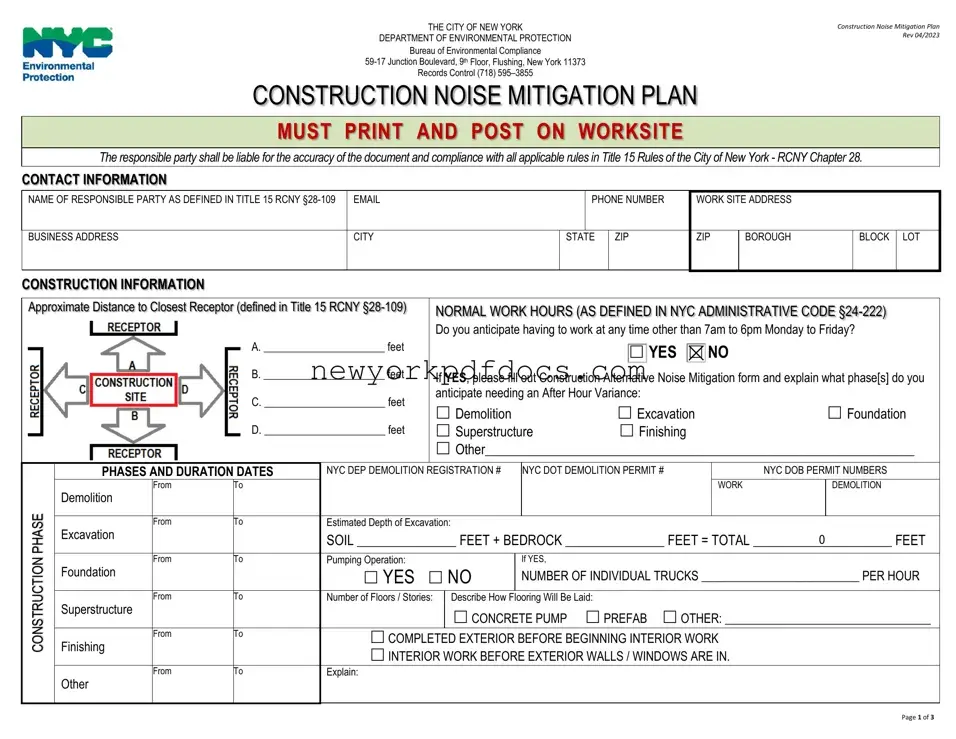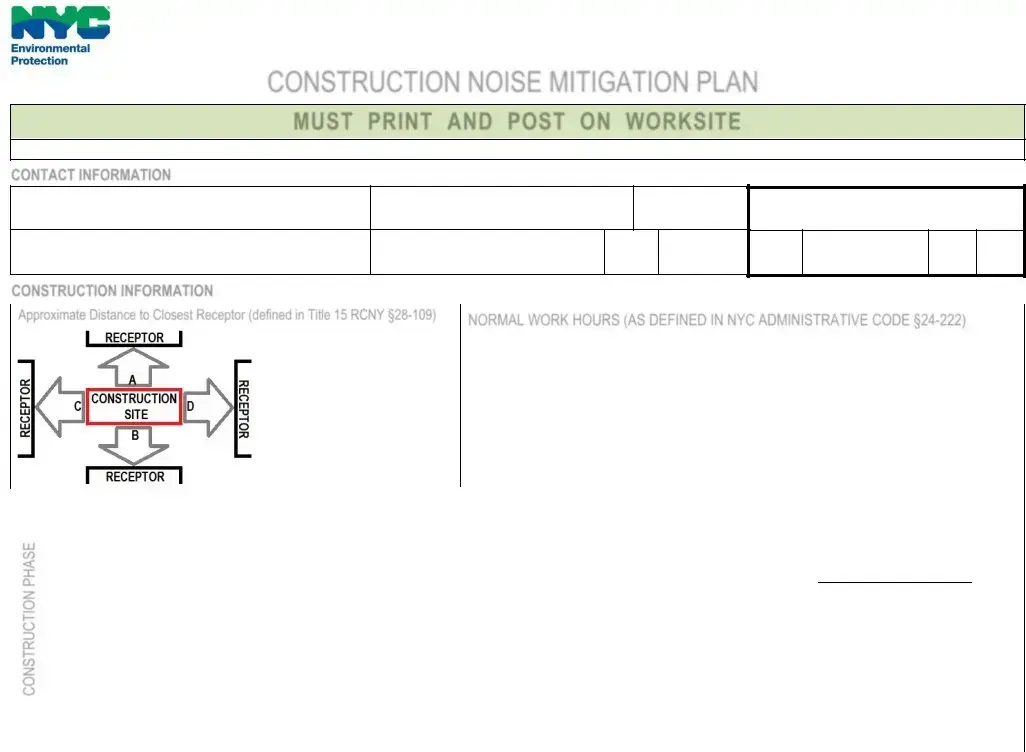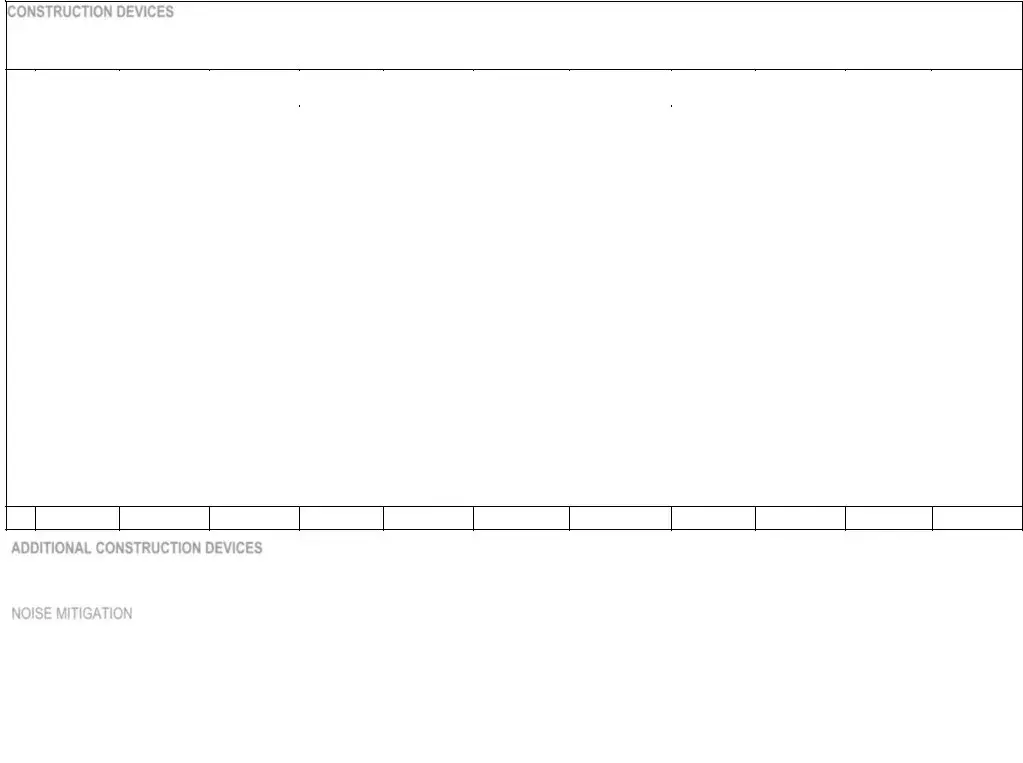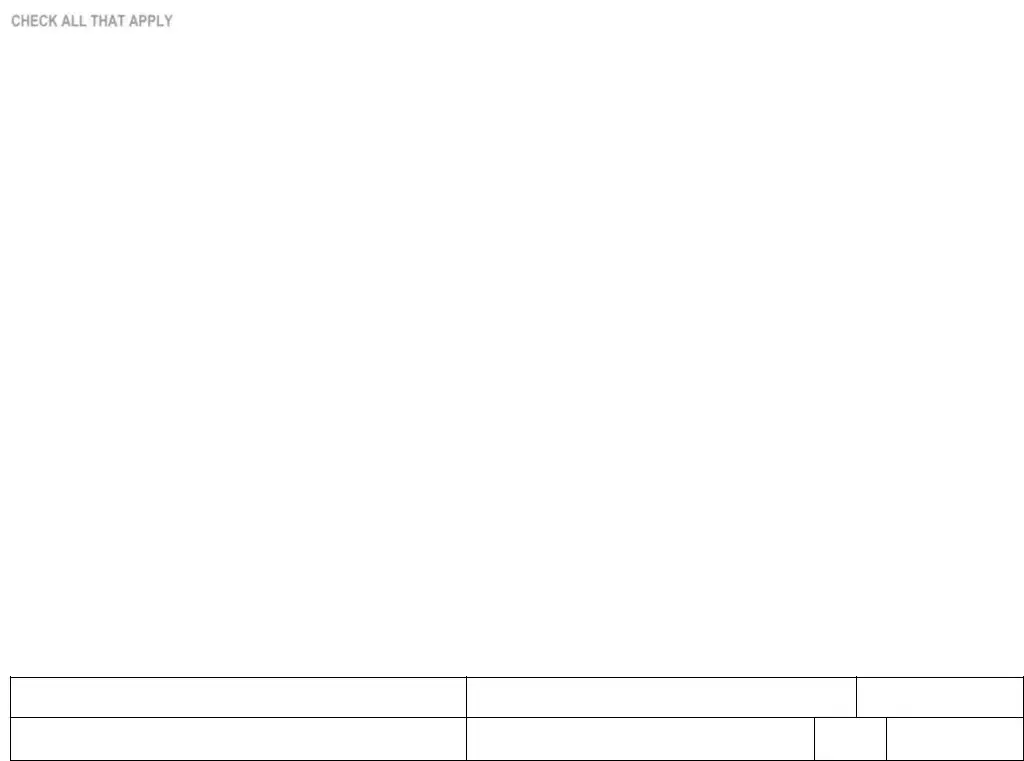Completing the NYC Department of Environmental Protection (DEP) Noise Mitigation Plan form can be a straightforward process, but several common mistakes can lead to complications. One frequent error is failing to provide complete contact information for the responsible party. This includes not only the name but also the phone number and work site location. Incomplete contact details can hinder communication and delay the inspection process.
Another mistake is neglecting to specify the approximate distance to the closest receptor. This information is crucial for determining the potential impact of construction noise on nearby residents or businesses. Omitting this detail may result in non-compliance with noise regulations, which can lead to fines or additional requirements.
Many individuals also misinterpret the timeline for construction activities. It is essential to accurately fill in the start and end dates for each phase of construction, including demolition, excavation, and finishing work. Inaccurate dates can create confusion and may not align with the actual work schedule, complicating enforcement of noise regulations.
Additionally, some applicants fail to check all applicable boxes regarding construction devices. If a construction device is used but not listed, the requirement for noise mitigation barriers may not be triggered, potentially leading to noise complaints from the community. It is critical to thoroughly review the list of devices and ensure all relevant options are selected.
Another common oversight involves the section on noise mitigation barriers. Applicants sometimes mistakenly indicate that barriers are not required when they actually are, based on the devices being used. This can result in non-compliance with city regulations and may necessitate the installation of barriers after the fact, causing delays and additional costs.
Moreover, some individuals neglect to certify the accuracy of the information provided. The signature of the responsible party is essential for validating the document. Without this certification, the form may be deemed incomplete or invalid, leading to enforcement actions.
Lastly, failing to keep a copy of the most current version of the Noise Mitigation Plan can lead to using outdated information. It is vital to refer to the latest guidelines available on the DEP's website to ensure compliance with all current regulations and requirements.



